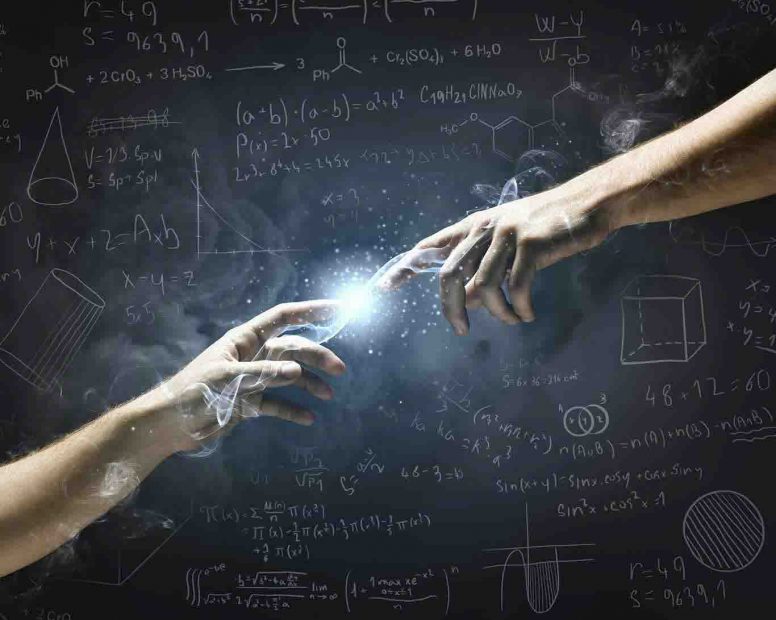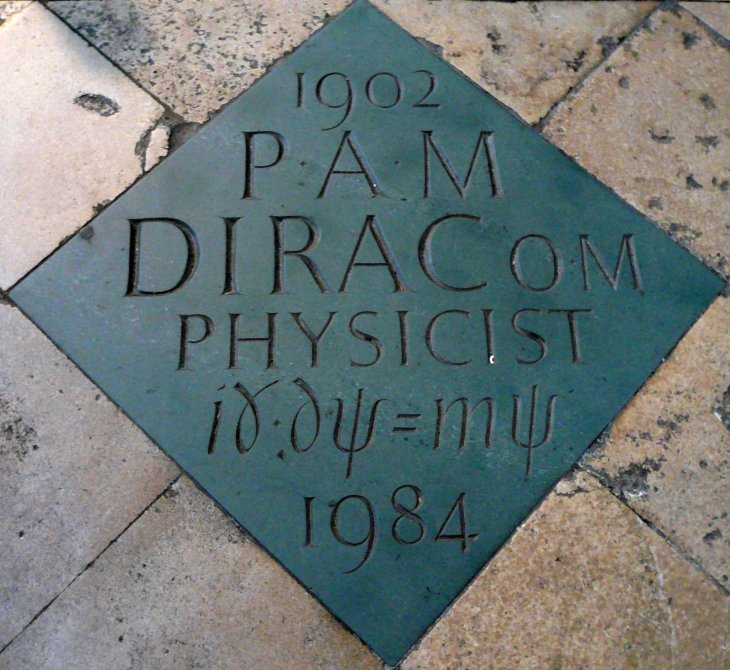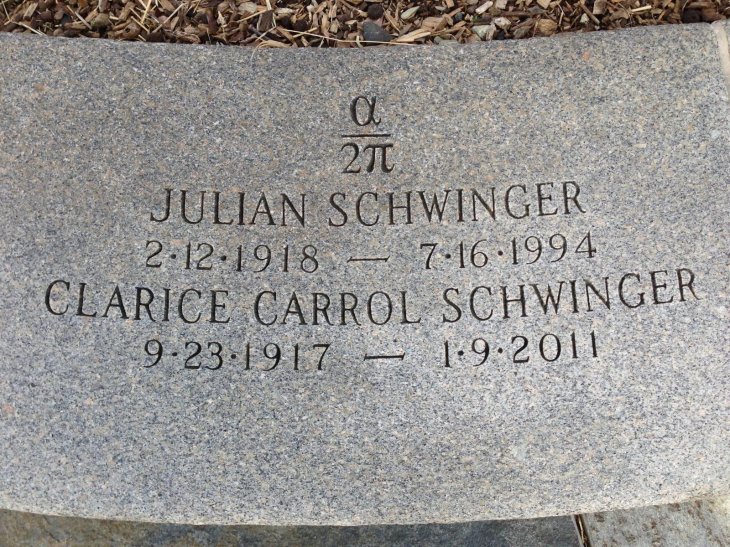God Is A Pure Mathematician!!!
Aadhya Khatri - Feb 26, 2020

Mathematics predicted the existence of radio waves, planet Neptune, the Higgs boson, black holes, antimatter, and gravitational waves, just to name a few
- A Math Formula Tells Us How Long Everything Will Live
- Shakuntala Devi Awarded Guinness World Records’ Fastest Human Computation Certificate After 40 Years
- This Magical Number Will Help You Find A Parking Space, The Perfect Apartment, And Even A Suitable Spouse
Sir James Jeans, a famous English mathematician, astronomer, and physicist, once said that God was a mathematician. And by that, he meant the majority of natural processes follow mathematical relationships. One of the reasons why our science now is so successful is that experiments can prove what mathematics can predict.
The last few decades have seen mathematics predicting the existence of radio waves, planet Neptune, the Higgs boson, black holes, antimatter, and gravitational waves, just to name a few.

With math, sometimes we have surprisingly precise predictions. A prime example would be the spinning electron.
Michael Faraday proved long ago that magnetic fields can be generated by moving electric charges. The basic principle of an electric motor is an electric current that flows around a coil of wire.
Physicists wanted to know the strength of the magnet and if they treated the electron as a tiny rotating ball, they could have the answer after doing a few simple calculations. But there was a difference between what experimenters measure and the result of the calculation.
The matter of spinning electron puzzled scientists for a long time until everything worked out in the 1920s. The answer is described by an equation carved on a stone dedicated to the theoretical physicist Paul Dirac in Westminster Abbey. What he did was to combine relativity and quantum theory to find out the electron spin’s peculiar geometrical properties.

The matter might have been solved but not entirely. When physicists carefully measure the electron’s magnetic field, the result is 0.1% larger than that of Dirac’s equation. But modern theoretical physics has the answer.
As electrons move, photons are emitted and quantum mechanics can describe this process. In the micro world, its mysterious rules allow an electron to emit photons and at the same time, permit it to absorb them.
These photons are called virtual, the ones that are snatched back in and only enjoy a brief existence. They are different from the photons that are free to fly to the yonder.
This quantum description suggests that all electrons are surrounded by a cloud made by virtual photons, which leads to physical effects.
Calculating the mismatch of math equations and experiments are challenging. Julian Schwinger was the one who made the very first attempt to solve this problem in 1948. He claimed that a correction to the factor 2 of α/π needed to be added, where α is the fine-structure constant with a value of approximately 0.0023228.

This formula was carved on Schwinger’s tombstone as it has gone a long way in helping us measure the difference between experiments and calculations. However, scientists are not satisfied.
Julian Schwinger died in 1994 and theorists and experimenters have been working hard to achieve even greater accuracy. Schwinger’s formula is the first step and to be even more accurate, scientists have to take into consideration not only the virtual photons surrounding electrons but also virtual electrons.
The effort needed for this process is immense but we finally have a more precise calculation with just one part per trillion difference between experiments and theory, which is by far the most successful effort of physical theory in human history.
As you can see, without mathematics, nature’s seemingly minor adjustments might have gone unnoticed by physicists. And we are relying on math to describe the world in finer details.
>>> Mathematics Proves That Building Fewer Roads Can Reduce Traffic Jams
Featured Stories

Features - Jul 01, 2025
What Are The Fastest Passenger Vehicles Ever Created?

Features - Jun 25, 2025
Japan Hydrogen Breakthrough: Scientists Crack the Clean Energy Code with...

ICT News - Jun 25, 2025
AI Intimidation Tactics: CEOs Turn Flawed Technology Into Employee Fear Machine

Review - Jun 25, 2025
Windows 11 Problems: Is Microsoft's "Best" OS Actually Getting Worse?

Features - Jun 22, 2025
Telegram Founder Pavel Durov Plans to Split $14 Billion Fortune Among 106 Children

ICT News - Jun 22, 2025
Neuralink Telepathy Chip Enables Quadriplegic Rob Greiner to Control Games with...

Features - Jun 21, 2025
This Over $100 Bottle Has Nothing But Fresh Air Inside

Features - Jun 18, 2025
Best Mobile VPN Apps for Gaming 2025: Complete Guide

Features - Jun 18, 2025
A Math Formula Tells Us How Long Everything Will Live

Features - Jun 16, 2025
Comments
Sort by Newest | Popular